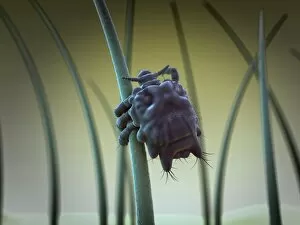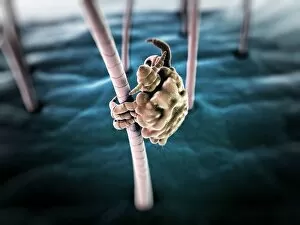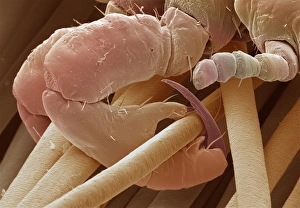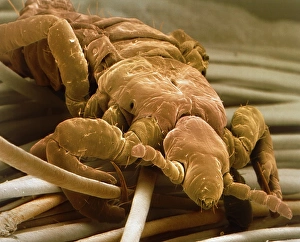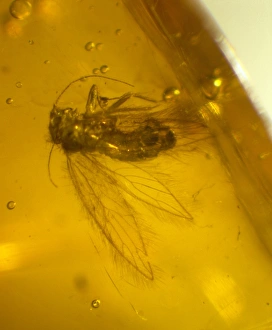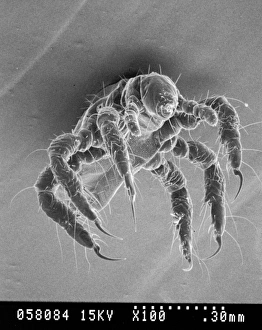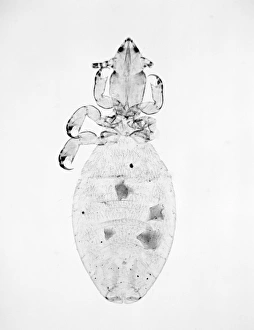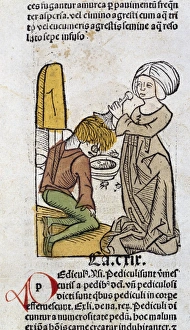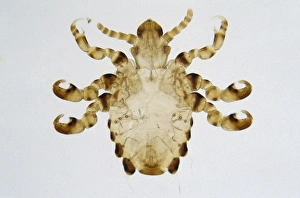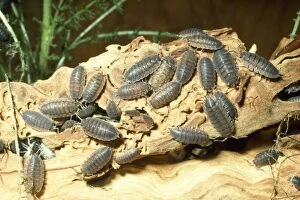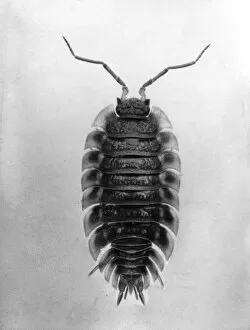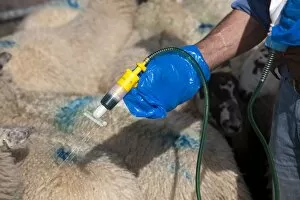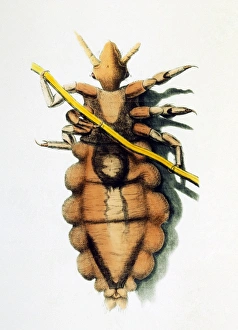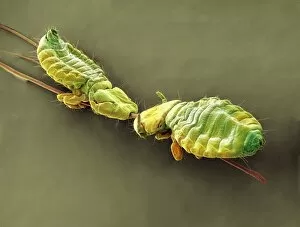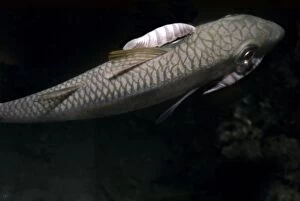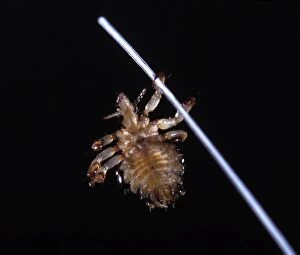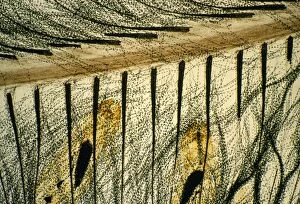Louse Collection (page 3)
"Exploring the Louse River: A Canoeing Adventure in Boundary Waters Canoe Area Wilderness
All Professionally Made to Order for Quick Shipping
"Exploring the Louse River: A Canoeing Adventure in Boundary Waters Canoe Area Wilderness, Superior National Forest" Get ready for an exhilarating canoeing experience on the picturesque Louse River. As you paddle through the stunning Boundary Waters Canoe Area Wilderness in Superior National Forest, be prepared to encounter nature's fascinating creatures. Zooming in with a scanning electron microscope reveals the intricate details of a head louse. This tiny pest may cause discomfort but offers a glimpse into its microscopic world. Similarly, an adult pea aphid captured in macro shot showcases its presence as a common agricultural pest found in Baden-Wurttemberg, Germany. Beekeeping enthusiasts will appreciate the importance of these industrious insects and their role in pollination. Meanwhile, Mother Louse Alewife reminds us of the diversity within aquatic ecosystems and how every species contributes to maintaining balance. A colony of small permanent currant aphids highlights their ability to thrive as pests while providing another captivating macro shot from Baden-Wurttemberg, Germany. Robert Hooke's 1665 copper engraving depicts his groundbreaking discovery of lice using a microscope—a testament to scientific exploration throughout history. In aquariums worldwide, fish lice can be seen feeding on tropical fish—an intriguing sight that underscores the complexity of underwater life. Reflecting back on history, we are reminded by WW2 posters about typhus and its spread—illustrating how knowledge is crucial for disease prevention. At Brackenridge Field Laboratory in Austin, Travis County, researchers study head lice (Pediculus humanus capitus) to better understand these parasites' behavior and develop effective treatments. Pear Emmanuel dit Caran d'Ache's illustration from Psst. . Portrays societal issues like antisemitism during the Dreyfus Case intertwined with insect symbolism—a thought-provoking representation indeed.




